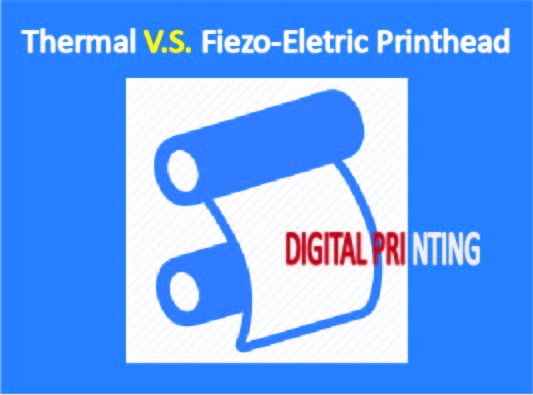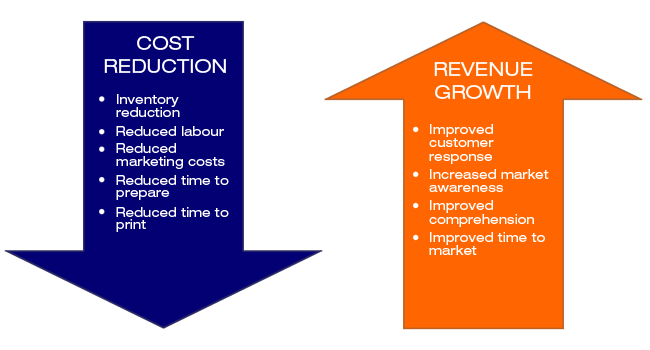24??media Things To Know Before You Buy
Table of ContentsGetting My 24??media To Work7 Easy Facts About 24??media ShownThe 15-Second Trick For 24??mediaWhat Does 24??media Do?All about 24??media
Developments in print technology are altering the interactions playing field when it comes to high quality, price and advanced capacities. Offset printing and digital printing are the major processes through which print work are carried out both making use of four-color printing approaches. Each option has its advantages, using various strategies to meet the requirements of varied manufacturing tasks.
Commonly, this has been the most constant technique for specifically maintaining color suits, making it suitable for print runs that only need fixed printing such as pre-printed types, brochures, flyers, calling card, and mass postcard mailings. However, as a result of the static nature of litho printing, it is not ideal for variable print items that will certainly be sent by mail to individual receivers such as statements, letters, and personalized postcards.
The 5-Second Trick For 24??media
The most current improvements in print innovation are helping to bring numerous of offset's advantages right into the electronic printing world really changing the face of modern-day printing! There are some crucial differences in between Offset Printing and Digital Printing.
Today's digital print equipment is amongst the most advanced on the marketplace. Right here are some of the biggest benefits of using digital printing: control the digital print area, with full-color printing finished in one procedure and flawlessly published straight from a print file. Without an extensive set-up process, the calibration time of a details work is shortened, adding to quicker print time and general shipment.
The inkjet printing procedure has helped to change the sector in addition to the top quality and speed of the result. The current inkjet technology can print on typical balanced out supplies with dull, silk, and shiny coatings. Top notch digital print combined with software-managed shade management methods adds optimum value to publish pieces and makes manufacturing procedures much more dependable than countered.
Some Ideas on 24??media You Need To Know
(https://yoomark.com/content/24hrmedia)
Exact quantities of ink and toner are made use of to prevent waste. Environmentally friendly and eco-friendly inks and printer toners are additionally readily available for more lasting printing. Digital print likewise removes the demand to clean plates or blankets with unsafe chemicals at the end of the printing procedure. As the high quality of digital print solutions increases, the benefits become progressively obvious and valuable.
Variable data helps organizations reach their precise clients and target market with uniquely-created and individualized web content. As innovation improves, the high quality of electronic printing has become second-to-none, with greater detail, shade suit capacities and total accuracy. Without the need to wash plates or use excess ink, digital printing is also much less wasteful and normally extra eco-friendly.
Typical printing methods, such as offset lithography ("balanced out") and flexography ("flexo"), entail numerous make-ready actions to move an initial picture to a substratum. These techniques call for the production of a collection of plates mounted on a cyndrical tube to transfer ink that develops the desired image when integrated on paperboard and various other product packaging products. Custom Boxes.
The 20-Second Trick For 24??media
Digital printing, with fewer relocating pieces, is extra nimble than countered in this regard.
It's a means to blend your product packaging and marketing approaches. Decreased set-up time conserves money on the front end. And since these are not massive mass orders, smaller sized services can afford to publish without needing to meet the greater and a lot more pricey print limits of conventional printing. Digital printing aids shield your brand versus counterfeiting by including overt and covert options on your packaging.
Make certain you team up with a printing and product packaging companion who has the best certifications. While eleventh-hour printing and customization are a significant benefit, digital may not always be the very best approach for you. Offset printing has the advantage of cost-effectiveness with big print runs, particularly those with sophisticated ornamental impacts and specialty finishes.

Fascination About 24??media
Lithographic presses utilize 2 print platesa favorable and a negativeto transfer premium color graphics onto an ideal substrate. The positive plate, with its smooth surface, brings in oil-based inks and wards off water. On the other hand, the adverse plate, with its harsh structure, takes in water and drives away Wallpaper oil. Rubber rollers are then used to transfer the picture from the plate to the corrugated surface.
Corrugated paper can sometimes verify to be a challenging surface to print on, but Litho prints to a separate surface and is then laminated to it, making it simple to print top notch pictures. It can be very constant, even for long runs. The more you print, the cheaper the expenses come to be for Litho.
What Litho doesn't offer you is precisely what Digital does, customization. Pricey set up Longer turn-around No Variable Data Printing Smaller sized shade gamut, shades can be less intense Digital printing is the procedure of printing electronic photos directly onto the corrugated substratum using a single-pass, direct-to-corrugate technique.